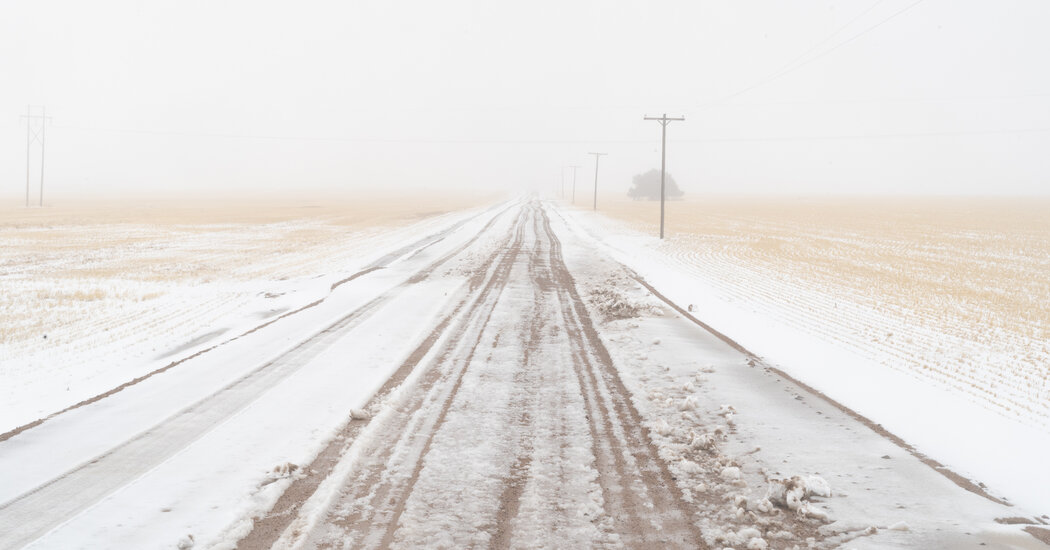As a powerful storm moves up the East Coast, the National Weather Service has issued several blizzard warnings, predicted blizzard conditions and even warned that parts of New England could experience a “historical blizzard.”
That led some people to wonder: What makes a storm a blizzard, anyway?
The storm is expected to dump upward of two feet of snow on some parts of the East Coast this weekend. But the National Weather Service’s definition of a blizzard doesn’t require heavy snow — or, for that matter, any particular temperature.
It defines a blizzard by three criteria: blowing or falling snow, winds of at least 35 miles per hour, and visibility of a quarter mile or less for at least three hours.
“Whether or not the snow falls during the time of the blizzard, dangerous conditions can result,” a Weather Service Twitter account said on Friday.
In order to form, blizzards need cold air to make snow, and moisture to form clouds and precipitation. The moist air needs to rise over very cold air, making clouds and snow.
Officials have also described this weekend’s storm as a “nor’easter.” That term usually describes a weather system in which winds just off the East Coast collide with surface winds from the Northeast and Mid-Atlantic States amid areas of low pressure.



























